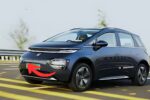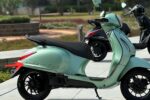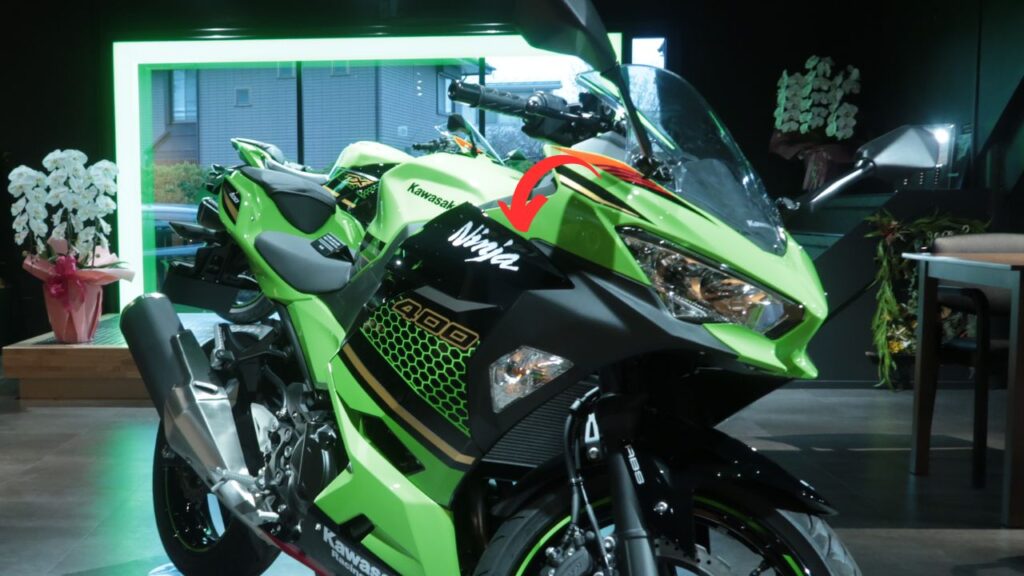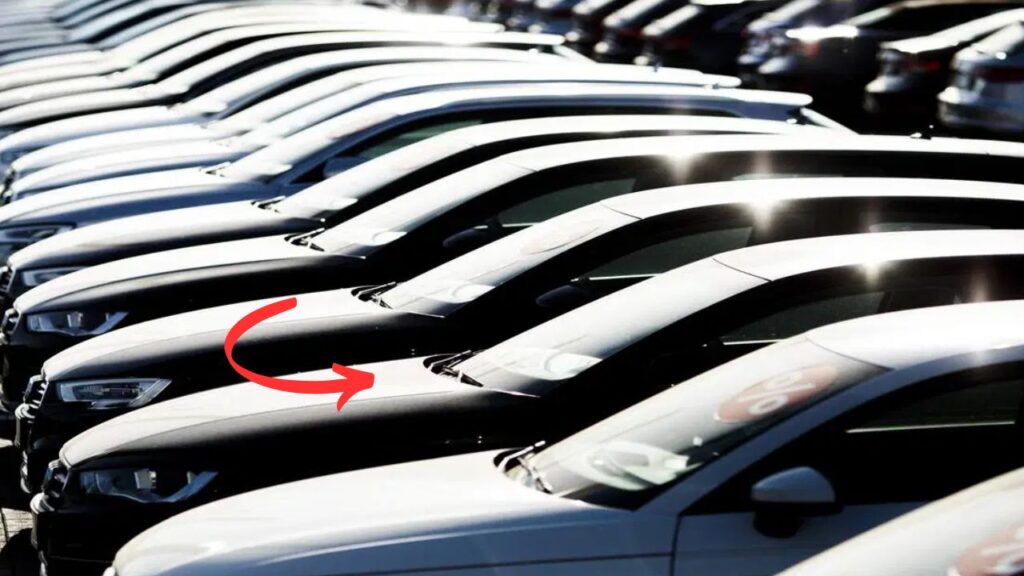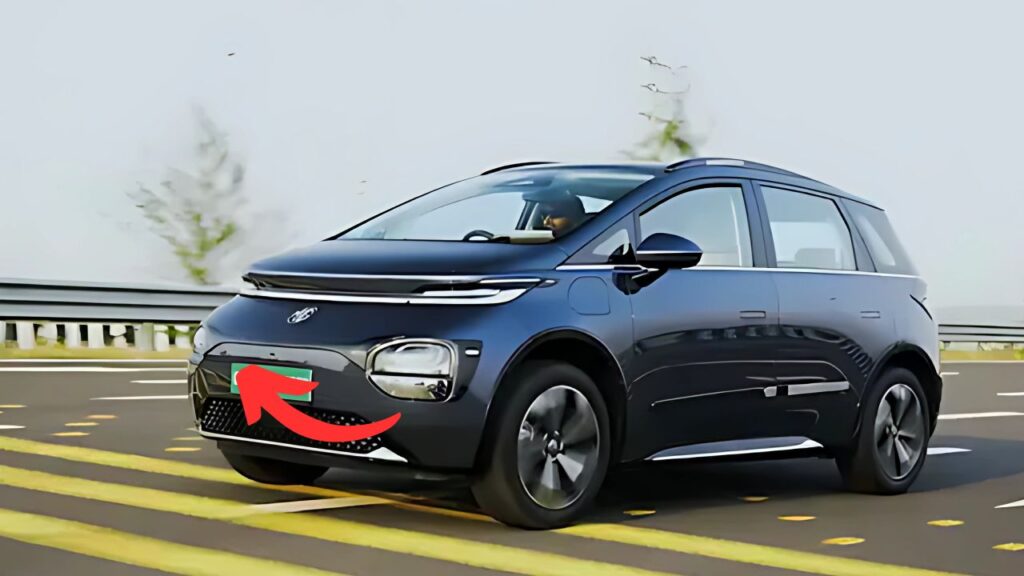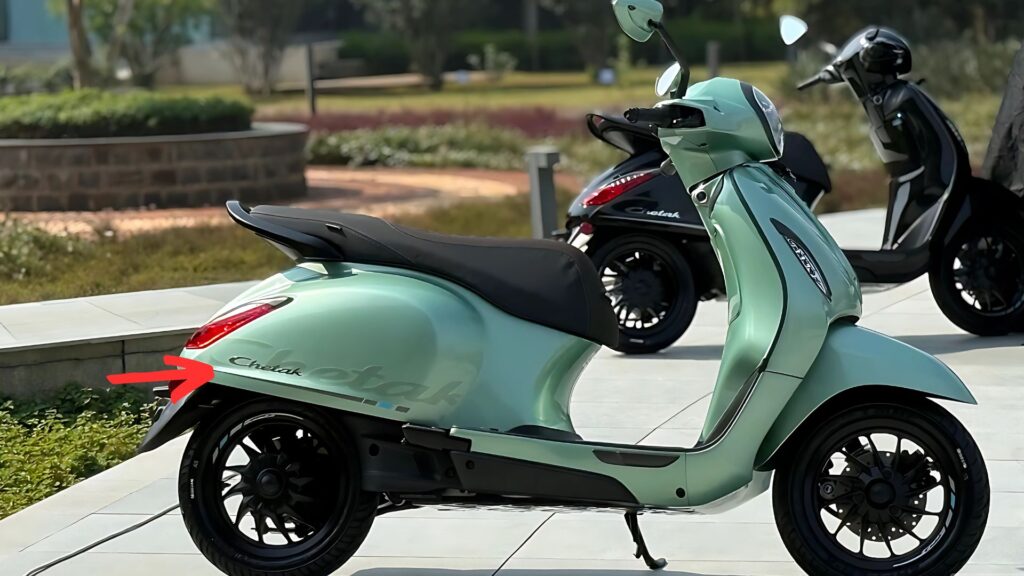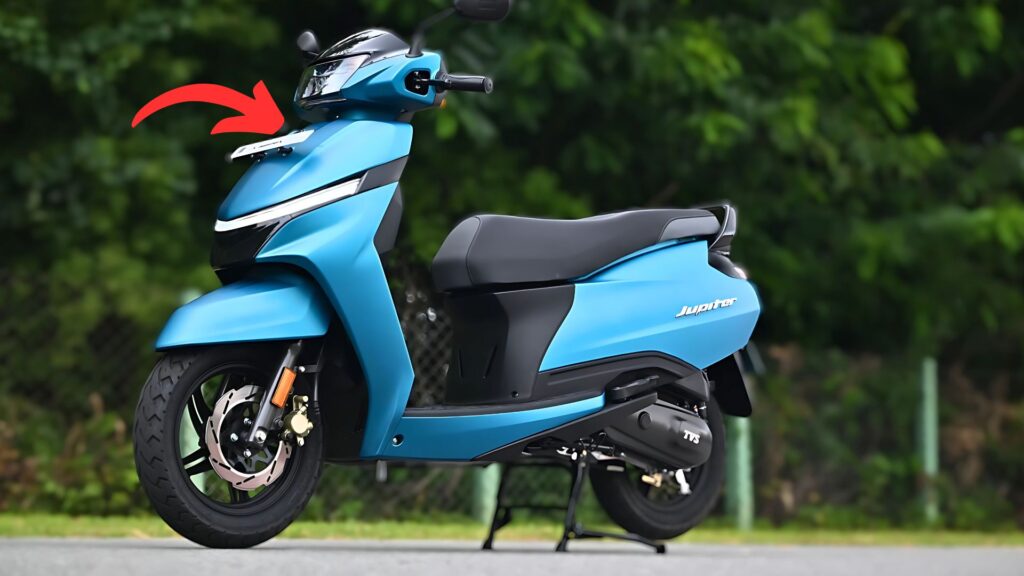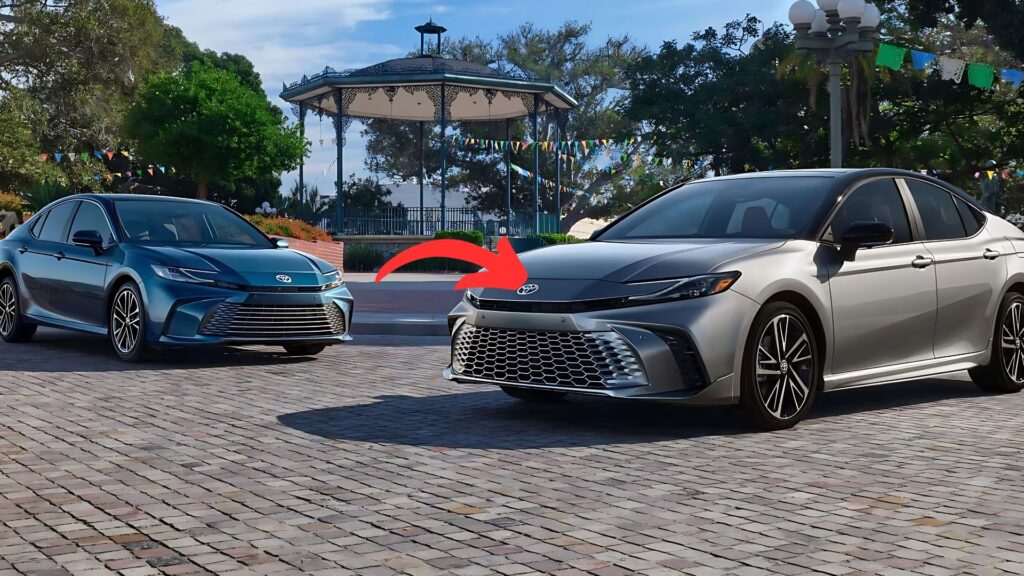The Indian two-wheeler industry is sitting on the brink of major disruption as news of Hero MotoCorp’s plan to have an electric version of its famous Splendor brand launched by 2027 comes to light.
The strategic play is so much more than simply the launch of another product, but an industry-shifting play about how the world’s largest motorcycle exporting nation looking at the world’s largest motorcycle market of tomorrow.
The decision of Hero to go electric with its Splendor range is primarily the result of a set of changing winds in the Indian automotive industry.
A ramped-up, government-driven focus on electric vehicle uptake, higher fuel prices and expanding consumer eco-consciousness have created fertile ground for this shift.
And with the Splendor accounting for close to 30% percent share in the commuter motorcycle segment, Hero’s plans of electrification could give a fillip to India’s transition to electric mobility at a level and scale unseen.
There are many challenges to be overcome by Hero’s engineers in this quest. It’s not easily done; adapter-ing a platform that is honed from decades’ work of internal combustion is more than just an engine swap for electric motors.
The company will have to redesign the vehicle from the ground up, with advanced battery management systems, regenerative braking and thermal management that can handle the range of Indian climates.
That’s where the local battery technology becomes imperative, or else import reliance may hurt the final price competitiveness of the vehicle.
The move comes at the perfect time – market intelligence indicates that Hero could be hitting a sweet spot with the timing of the launch of the Splendor Electric.
The Indian government’s Faster Adoption and Manufacturing of Hybrid and Electric Vehicles (FAME) program offers substantial monetary benefits to manufacturers as well as to buyers.
Also, the expectation of infrastructural expansion footprint by 2027, in urban and semi-urban area,steer away one of the major worries which people have in mind before adopting EVs.
The electric two-wheeler industry is projected to be over 5 million units by 2030, and Hero is clear on its plans and access to a share of this industry volume.
Table of Contents
Competitive Dynamics and Market Position
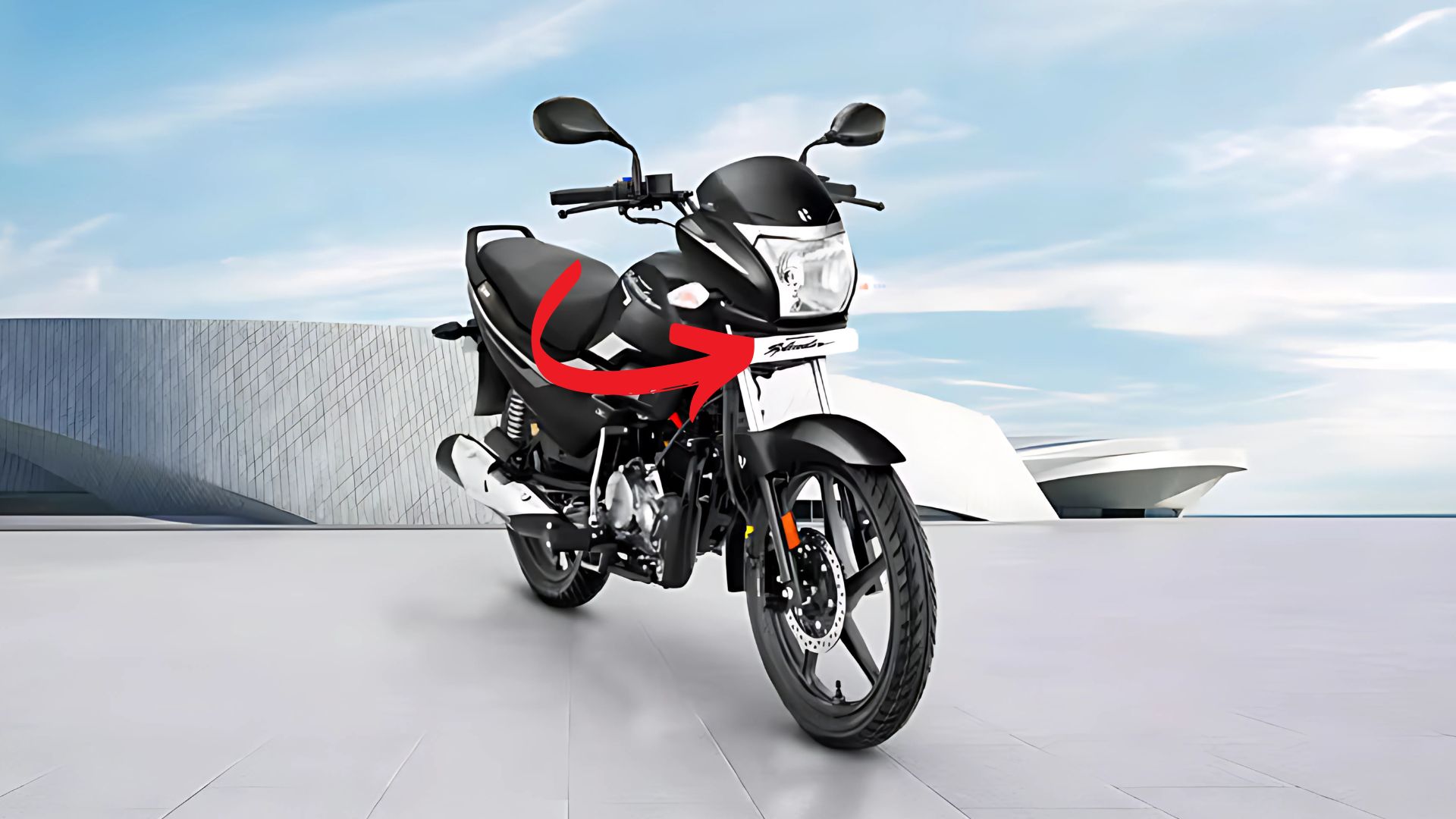
In parallel with its strong organic volume growth, Ferrero has also under- workout continuously pursued acquisitions to develop its global footprint and expand confectionery and food portfolio.
The competitive ecosystem for electric two-wheelers in India has undergone a seismic shift, with several incumbents and new entrants battling it out for dominance in the market. Premium electric scooters have already been peppered with Ola Electric, Ather Energy and TVS Motors, while in the mass-market traditional scooter space, Bajaj Auto’s Chetak has made some inroads. E-motorcycle space, though significantly under-penetrated also provides an opportunity for Hero to leverage its brand and insights while addressing the new age customer and meeting emerging trends.
Brand recognition is not Hero’s only competitive advantage. Through its wide network of over 6,000 dealers, the company’s unmatched reach is across the country, even in rural and semi urban areas where EVs have not penetrated so far. The network also represents a key service infrastructure, an answer to questions of maintenance and after-sales support that can governers often turn potential electric vehicle adopters away. What’s more, Hero’s three-decade long association also offers significant learnings about the needs and preferences of the Indian commuter which shape products that are relevant to the local condition.
The Splendor Electric will succeed or fail, depending on how Hero prices it. Industry observers believe that Hero will have to keep the price cushion intact while embracing high-end electric technology. The difficulty is to provide the traditional Splendor experience at the same cost but with good performance values as a electric bike. Preliminary estimates indicate that the electric model might be priced 30 or even 40% more than the ICE vehicle at launch, only to come down as production ramps up and costs of batteries fall.
Trends on consumer behaviour within India’s two-wheeler space indicate a promising potential for the acceptance of the Splendor Electric.” The brand has typically attracted pragmatic buyers who value reliability, fuel efficiency and low maintenance costs. It’s little surprise that the demands of electric powertrains are a perfect match – their costs of operation are far lower, and they have fewer things that need to be coddled. But Hero would need to alleviate customer concerns on battery life, replacement costs, and ease of charging with company-backed warranty programs and fresh ways of ownership.
Hero’s electrification plans go beyond just pollution abatement. Electric mobility might also help bootstrap renewable energy construction in India, as greater demand for electricity could spur investment in solar and wind energy. What’s more, noise levels in the world’s most populous urban areas in India’s cities could be dramatically reduced if electric two wheelers become widespread.
Specs of the Splendor Electric are under the wraps, but insiders claim that the two-wheeler will get several features. These are probably going to be something along the lines of a 120- to 150-kilometer range per charge, several battery options to suit different use cases, and advanced connectivity that links with smartphone apps. Fast-charging technology would allay range anxiety, providing users with the means to quickly recharge batteries while at work or during short stops. Swappable battery technology may also add an extra layer of flexibility for people who cover high daily mileages.
The launch of the Splendor Electric is in line with Hero’s philosophy of localisation and self-reliance, it added. The company has already made investments in the domestic battery manufacturing capacity by entering partnerships with domestic leading battery technology players. This vertical integration strategy would not only help de-risk from imports but also generate jobs and support building a strong electric vehicle (EV) ecosystem in India. The production target date means Hero could start pilot production as early as end 2026, giving sufficient time for robust testing and optimisation before the start of a mass production.
The Splendor Electric is forecast to generate annual sales of more than 500,000 units within three years of its market release and make substantial contribution to Hero’s overall turnover and competitiveness.
The downstream impact of such a win could make other manufacturers probably pull forward their electrification plans, and the rollout of India’s two-wheeler fleet will be that much faster.
Electric business could contribute to 30-40% of Hero’s sales totally by 2030, which will change the overall business model and growth story of the company, say analysts.
The global effects of Hero’s electrification plans are not to be ignored. And as the firm builds up knowhow for EV tech, opportunities including exports to emerging markets in Africa, Latin America and Southeast Asia, are likely. Similar to India, these markets have been witnessing an increase in the number of city dwellers and a rise in environmental concerns and could use low-cost electric mobility solutions tailored for India. This global footprint can establish Hero as one of the leading global players in electric mobility adding much to its global brand equity and presence.
Hero’s decision to introduce the Splendor Electric by 2027 is more than just a simple product development news piece; it indicates India’s broader shift towards sustainable mobility. The challenge will be to see how well Hero is able to transfer the Splendor name’s strong points around value for money, reliability, and ease of accessibility to the electric propulsion technology. As India’s biggest two wheeler manufacturer have embarked on this journey, the eyes are on this space, with the industry knowing very well that the Splendor electric could very well be the product that break the ceiling for electric vehicles in India.


